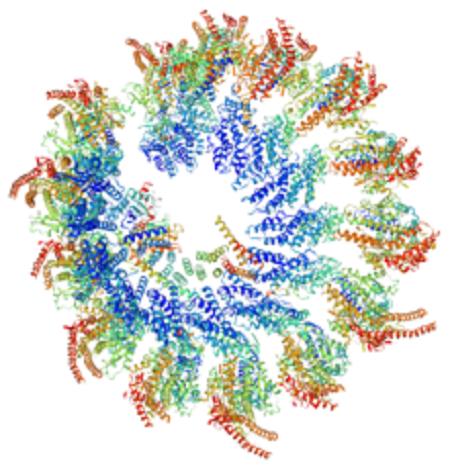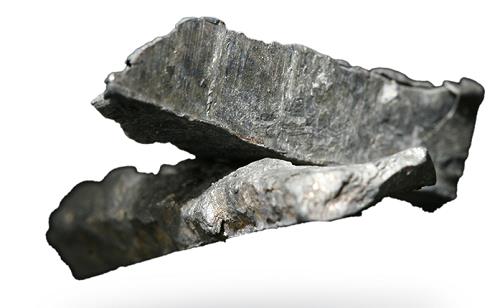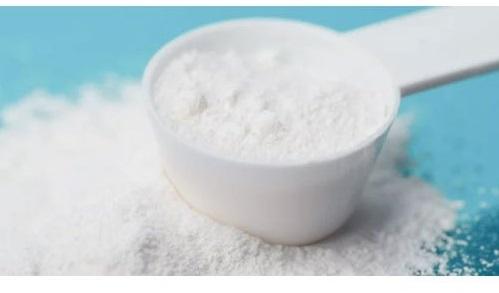Function of Tubulin
In eukaryotes there are six members of the tubulin superfamily, although not all are present in all species .Both α and β tubulins have a mass of around 50 kDa and are thus in a similar range compared to actin (with a mass of ~42 kDa). In contrast, tubulin polymers (microtubules) tend to be much bigger than actin filaments due to their cylindrical nature.
Tubulin was long thought to be specific to eukaryotes. More recently, however, several prokaryotic proteins have been shown to be related to tubulin.

Characterization
Tubulin is characterized by the evolutionarily conserved Tubulin/FtsZ family, GTPase protein domain.
This GTPase protein domain is found in all eukaryotic tubulin chains,as well as the bacterial protein TubZ,the archaeal protein CetZ,and the FtsZ protein family widespread in Bacteria and Archaea.
Function
α- and β-tubulin polymerize into dynamic microtubules. In eukaryotes, microtubules are one of the major components of the cytoskeleton, and function in many processes, including structural support, intracellular transport, and DNA segregation.
Microtubules are assembled from dimers of α- and β-tubulin. These subunits are slightly acidic with an isoelectric point between 5.2 and 5.8.Each has a molecular weight of approximately 50 kDa.
To form microtubules, the dimers of α- and β-tubulin bind to GTP and assemble onto the (+) ends of microtubules while in the GTP-bound state.The β-tubulin subunit is exposed on the plus end of the microtubule while the α-tubulin subunit is exposed on the minus end. After the dimer is incorporated into the microtubule, the molecule of GTP bound to the β-tubulin subunit eventually hydrolyzes into GDP through inter-dimer contacts along the microtubule protofilament.The GTP molecule bound to the α-tubulin subunit is not hydrolyzed during the whole process. Whether the β-tubulin member of the tubulin dimer is bound to GTP or GDP influences the stability of the dimer in the microtubule. Dimers bound to GTP tend to assemble into microtubules, while dimers bound to GDP tend to fall apart; thus, this GTP cycle is essential for the dynamic instability of the microtubule.
Bacterial microtubules
Homologs of α- and β-tubulin have been identified in the Prosthecobacter genus of bacteria.They are designated BtubA and BtubB to identify them as bacterial tubulins. Both exhibit homology to both α- and β-tubulin.While structurally highly similar to eukaryotic tubulins, they have several unique features, including chaperone-free folding and weak dimerization.Cryogenic electron microscopy showed that BtubA/B forms microtubules in vivo, and suggested that these microtubules comprise only five protofilaments, in contrast to eukaryotic microtubules, which usually contain 13. Subsequent in vitro studies have shown that BtubA/B forms four-stranded 'mini-microtubules'.
Cell shape
CetZ functions in cell shape changes in pleomorphic Haloarchaea. In Haloferax volcanii, CetZ forms dynamic cytoskeletal structures required for differentiation from a plate-shaped cell form into a rod-shaped form that exhibits swimming motility.


